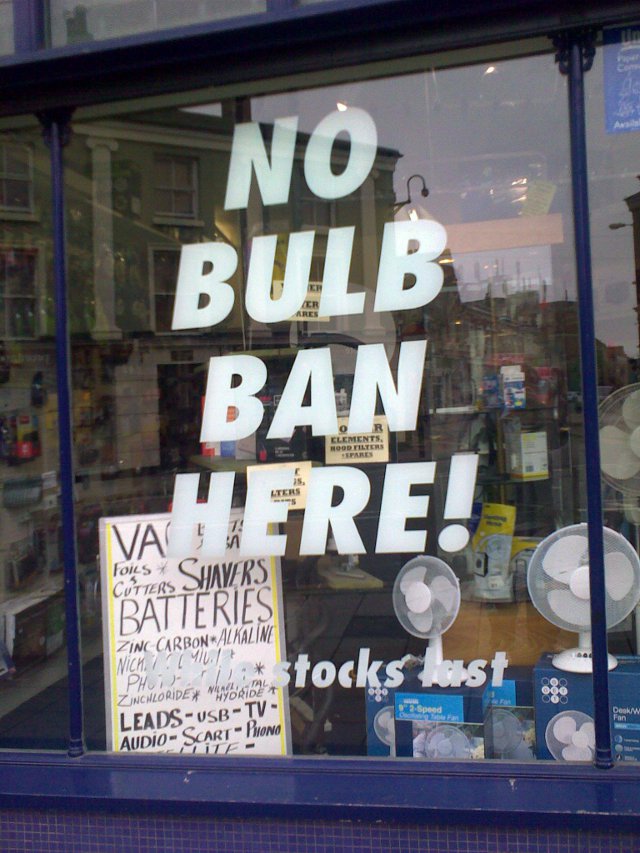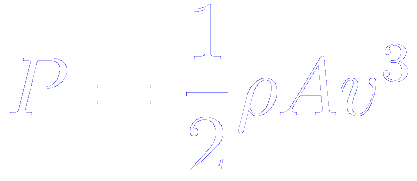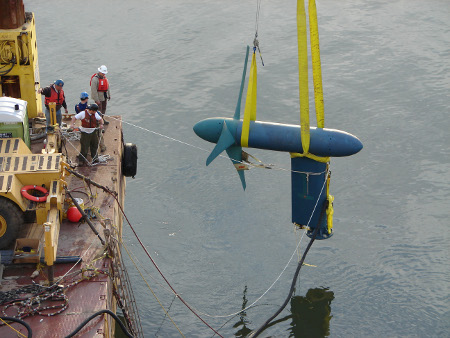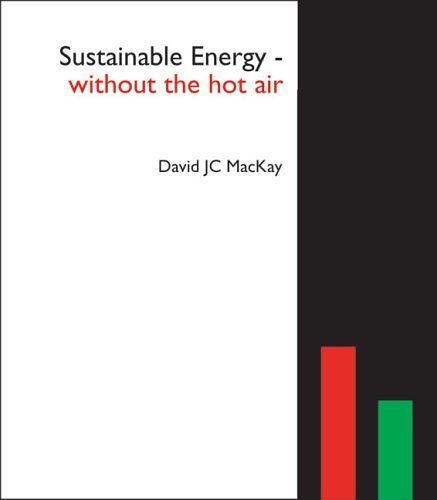You might not have noticed, but the sale of standard filament lightbulbs has been banned since last September.*

Current proposals are to replace standard incandescent bulbs with more efficient compact fluorescent bulbs. Fluorescent lights work by passing a current through a tube containing mercury vapour. The excited mercury atoms emit ultraviolet photons which then collide with the phosphor coating on the inside of the tube, causing it to emit light (to “fluoresce”) in the visible part of the spectrum.
The problem with this is that some of the ultraviolet light is still emitted (in fact germicidal lamps are basically fluorescent bulbs without the phosphor coating). Many people are sensitive to ultraviolet light and cannot enter rooms lit by flourescent lamps.
People with conditions such as photodermatosis (where exposure to ultraviolet causes swelling, rashes and blistering) and people with photosensitive epilepsy (the 50Hz mains supply flicker is visible from fluroescent bulbs but not from incandescent ones) have been stockpiling bulbs since the ban was announced.
I’m not against the sale of compact fluorescent lightbulbs; in fact I’d like to see them more widely used (especially in place of the inefficient halogen spotlights that seem so popular). What I’m against is removing the consumer’s right to choose.
(If you’re desperate for lightbulbs and you’re wondering, I took the photo above outside of Rugby Electrical, in Rugby.)
* Technically, it’s only the sale of bulbs for household use that’s banned. “Industrial use” is still okay.


